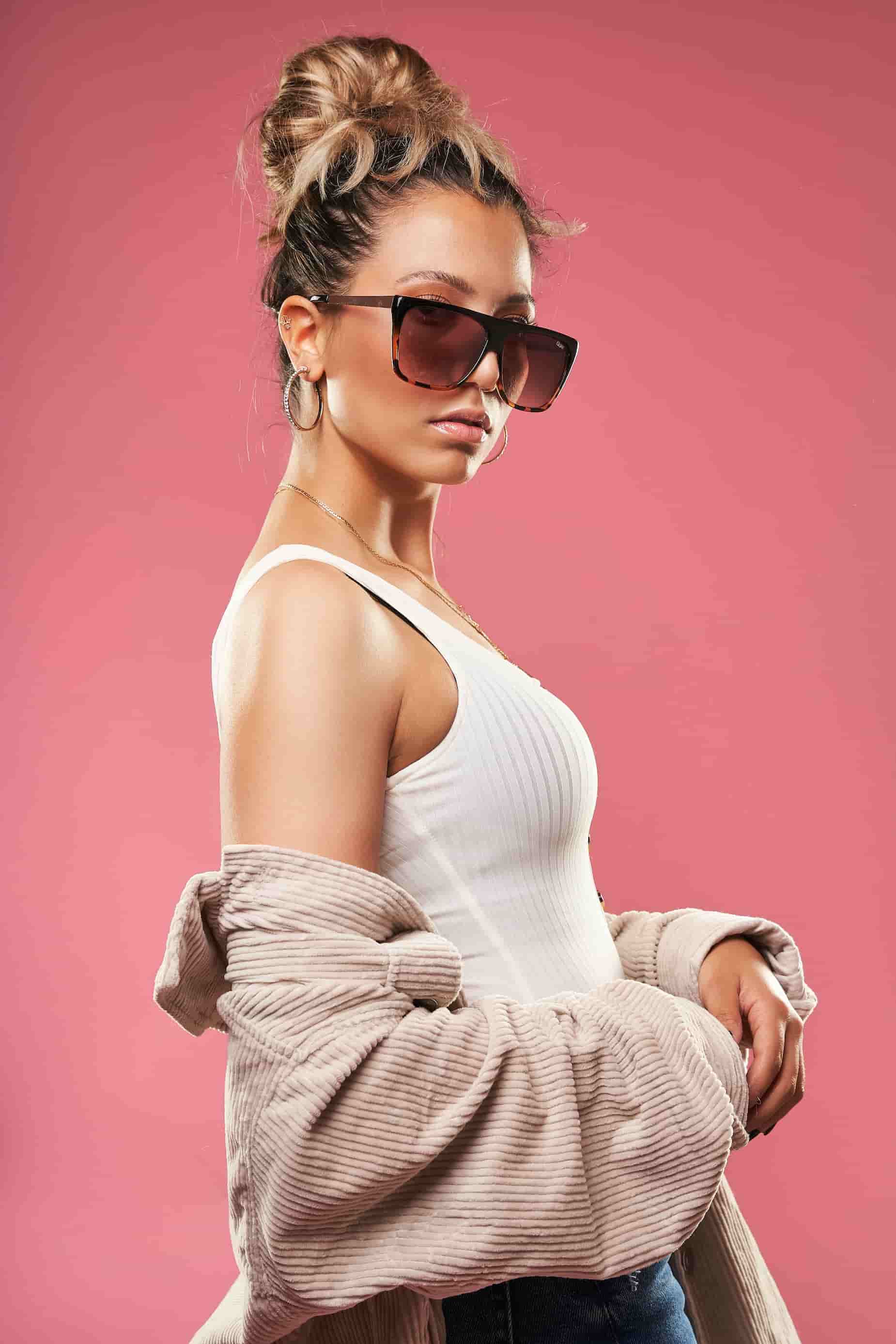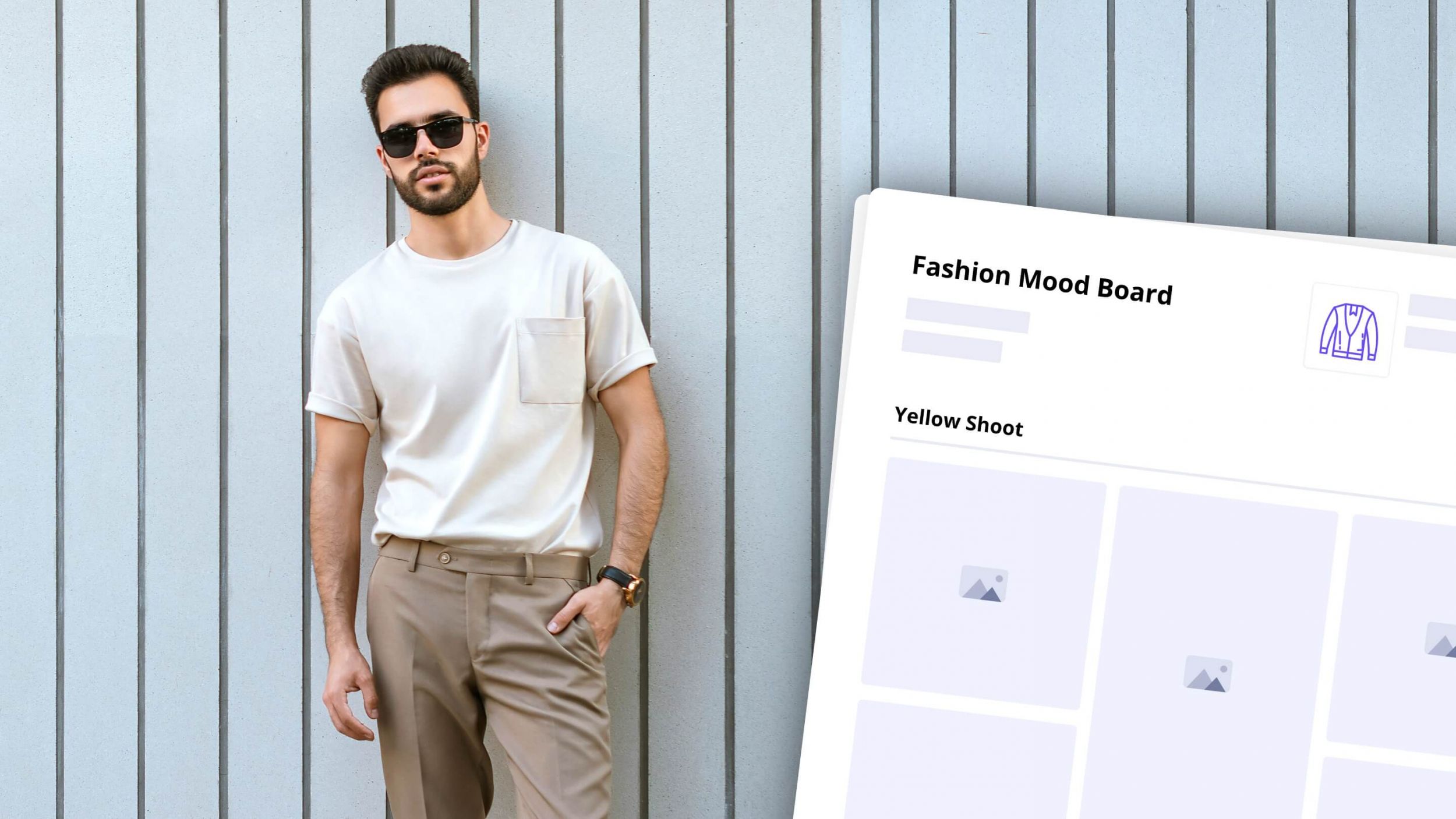Creating a fashion design mood board is an important step in the design process. It helps designers to visualize their ideas and plan out the key elements of their collection. From color palettes and textures to shapes, outfits, and pieces, it’s important to have all of these elements represented on a fashion moodboard. In this blog post, we will explore the different components of a fashion mood board and provide some tips for creating one.
What is a Fashion Mood Board?
Function of the fashion mood board
Creating a fashion mood board (especially for the first time) can be overwhelming. But if you’ve ever wondered how to make one, this guide will walk you through every step, from concept to layout. Whether you’re a first-timer or a seasoned designer, we’ll walk you through how to create a fashion mood board that reflects your vision. Let's start with a quick overview of what these particular types of boards are meant to accomplish.
FASHION MOOD BOARD DEFINITION
What is a moodboard in fashion?
A fashion mood board is a collection of images and ideas that facilitate a fashion designer's creative process. They can help inspire a direction or help communicate a vision to collaborators. The images themselves can be of other fashion pieces, color palettes, or something more abstract that illustrates a mood or a feeling. Understanding how to create a mood board for fashion starts with curating these elements around a central theme. When used correctly, a mood board for fashion brings these inspirations into a single, cohesive vision.
What should a fashion mood board include:
- Material ideas (colors, textures, fabrics)
- Color schemes
- Inspirational imagery
Mood Board Fashion Guide
Fashion mood board tips
We put together a fashion mood board example using StudioBinder’s Mood Board Creator. This will give you a visual idea of all of our steps in this guide. Check out our fashion mood board example for a "winter in the city" fashion style below.
Before we dive deep into the details of the elements of a fashion mood board, here are a few tips to keep in mind, gathered from reviewing successful mood board examples used by designers.
Start simple – don’t try to overcomplicate things by adding too many images at once. A good moodboard maker will let you focus on one element at a time—like color or fabric—before layering in others.
Be organized
Keep all images in separate folders so they are easy to find later, if needed, or use a fashion mood board template to keep everything structured from the start. This will also help make sure that everything looks neat and organized when you're done with the fashion moodboard.
Consider scale
Smaller images may not make as much impact as larger ones, so consider using different sizes when adding photos or illustrations into the mix; this will also help create visual interest in your design too!
Showcase different perspectives
If possible, include both close-up shots and full-body shots of models wearing the clothing so that viewers can get an idea of what each piece looks like from different shot angles. This will give them more insight into how each garment fits within the overall collection or theme.
Make notes
Throughout the process, make sure you take notes about each image or illustration so that you can refer back to them later if needed; this will also help ensure consistency across all elements of the final product!
Related Posts
Fashion Mood Board Color Palette
Choosing your colors
One of the most important aspects of creating a fashion design mood board is selecting your color palette or color scheme. An effective color plan can create visual impact, evoke emotion, and set the tone for your collection, especially when arranged using a digital mood board creator.

Fashion mood board examples: Textures, patterns & color
When selecting colors for your fashion mood boards, look at various mood board examples to see how designers combine primary colors, neutrals, pastels, and bright hues.
Don’t be afraid to mix it up—you can even use more than one color palette if you like.
Details in Fashion Mood Boards
Textures & patterns
The textures and patterns you choose should be based on both practicality (what fabrics are suitable for the season?) as well as aesthetics (what kind of texture or pattern would look best with my other designs?).

Mood board fashion examples: Textures
Be sure to include swatches or images that represent each texture or pattern you plan to work with. A mood board creator makes it easy to upload and organize these references in one visual space.
Get creative with what visual material you use in your moodboards. Inspiration can come from graphic design, like typographic posters or layout compositions that influence spacing, contrast, or shape language.
A digital moodboard maker can help you blend textures from various disciplines—like architecture, fashion, and art—into one cohesive space. This could be patterns in interior design, textures in architecture, or patterns in modern art. You’ll find these influences across many fashion mood board examples, especially in concept-heavy collections.
These kinds of references show you exactly how to create a mood board for fashion that blends tone, texture, and storytelling in a cohesive layout.
Related Posts
Inspiration for Fashion Mood Board
Shapes & Outfits
After you have selected your colors and textures/patterns, it’s time to think about shapes and outfits. A mood board for fashion should balance inspiration with intention—every silhouette should support your creative direction. You should focus on silhouettes that flatter the body type you plan on designing for, as well as cuts, necklines, hemlines, etc., that will add interest to the overall look of your collection.

Mood board fashion design shapes
Remember that balance is key; don’t forget about smaller details such as waistlines, sleeve lengths, pocket placement, etc. These can make all the difference between an average outfit and an outstanding one.
Fashion Mood Board Examples
Pieces & accessories
Last but not least are pieces and accessories. This is where you get creative; think about how you want each piece to be unique from its counterparts by adding interesting touches such as beads or artwork, or fringe detailing.

Mood board fashion accessories
Accessories are also important; think about what type of jewelry would go well with each outfit or how a belt could complete an otherwise plain dress. Every element must complement each other in order for it all to come together into one cohesive look.
Creating fashion mood boards is an essential part of any designer’s process, whether they’re just starting out or already working in the industry. It allows designers to organize their thoughts visually by showcasing colors, textures, shapes, outfits, and pieces in one place, which can then serve as inspiration when designing garments or collections.
By following these tips, you can create a successful fashion design mood board. Start simple, stay organized, consider scale, and showcase different perspectives—you will have all the tools necessary for crafting beautiful visions into reality.
How to Make Fashion Mood Boards
Create mood boards with a template
If you’re looking for more free mood board templates, look no further.
No matter what creative project you're working on, our mood board creator offers templates for photography, film, branded content, and more. See the entire collection in our template library, where you'll also find templates for shot lists, storyboards, and AV scripts. If you’re designing a mood board for fashion, this is the best place to start.
Begin with a clear theme and follow these simple steps to bring your vision to life:
Choose a theme – For example, “Winter in the City” or “Resort Neutrals”
Gather visual inspiration – Collect reference imagery like color swatches, accessories, and silhouette sketches.
Use a mood board creator – Tools like StudioBinder’s Mood Board Creator make layout and organization seamless.
Arrange your elements – Group visuals by categories like color palette, texture, and outfit style.
Finalize and share your boards – Export and share your boards with collaborators or clients for feedback.
Once you understand how to make a fashion mood board, templates like these help streamline your creative workflow. It’s pre-built and ready to go, making it ideal for any design project—from a personal creative project to a full clothing line.
It’s also a time-saving solution used by many professional designers who need to visualize collections quickly and clearly. You can easily customize it using our mood board creator to organize elements with drag-and-drop precision.
Related Posts
Create mood boards with a template
If you’re looking for more free mood board templates look no further.
No matter what creative project you're working on, we have mood board templates for photography, film, branded content, and more. See the entire collection in our template library where you'll also find templates for shot lists, storyboards, and AV scripts.
Up Next
Create your mood board with ease
Ready to bring your fashion vision to life? Whether you’re designing a collection or simply exploring your aesthetic, the right tools can make all the difference. Discover how a powerful mood board creator can help you organize visuals, streamline your creative process, and refine your design language. Dive into the features that make building your own fashion mood board simple, collaborative, and creatively rewarding.
Up Next: StudioBinder's Mood Board Creator →
Share your vision with elegant shot lists and storyboards.
Create robust and customizable shot lists. Upload images to make storyboards and slideshows.

